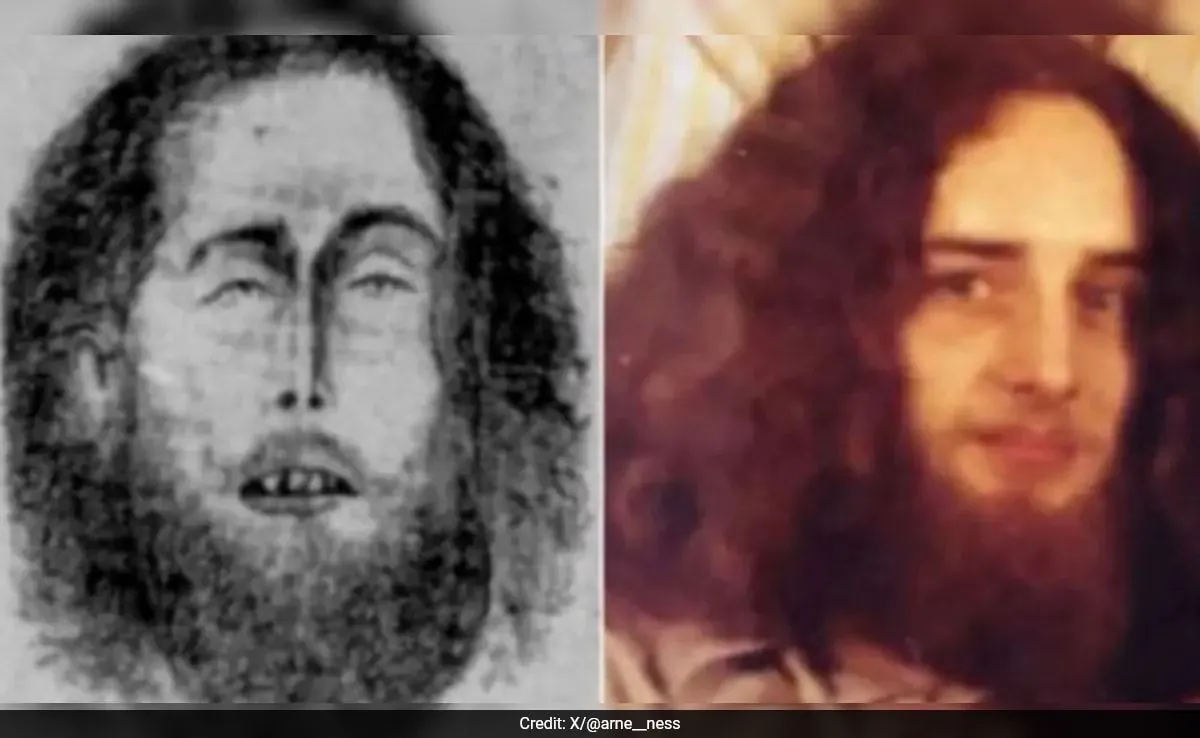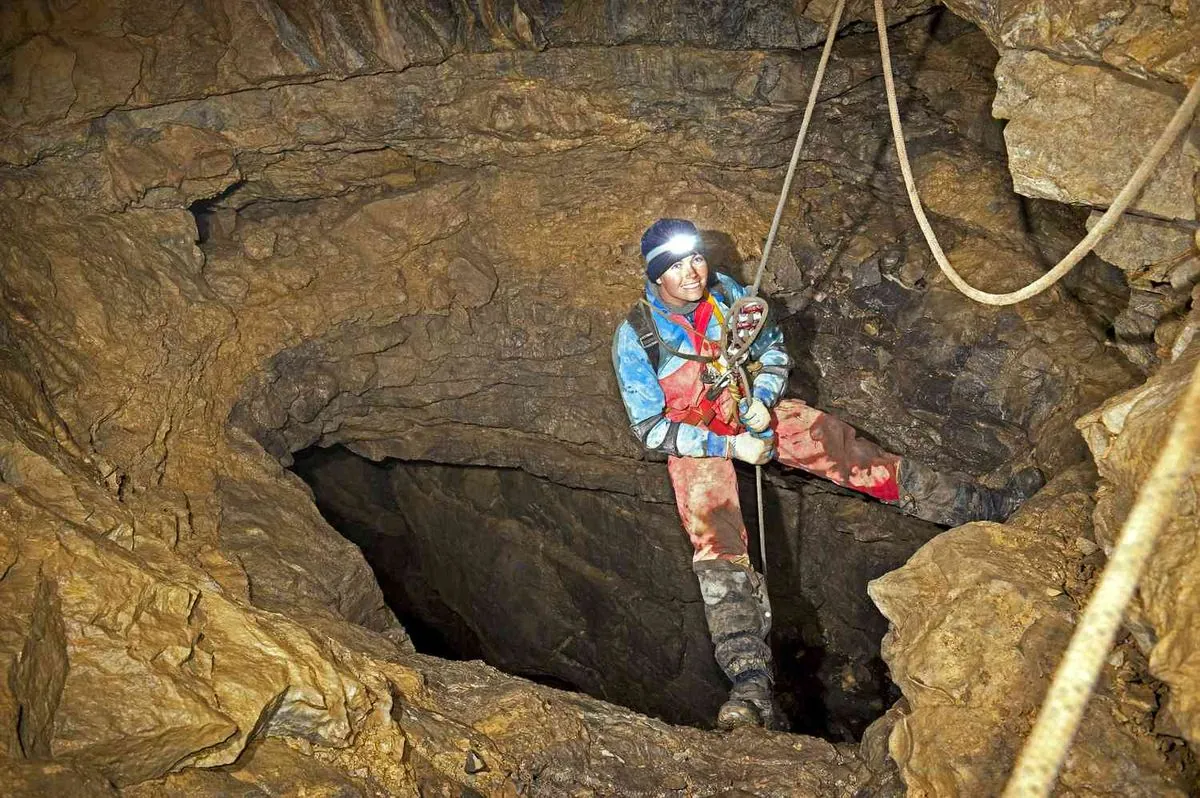50-Year Mystery Solved: Pennsylvania's "Pinnacle Man" Identified
A frozen body found in a Pennsylvania cave in 1977 has been identified as Nicholas Paul Grubb after nearly five decades. The breakthrough came when misplaced fingerprints were rediscovered and matched.

In a remarkable resolution to a long-standing mystery, authorities have finally identified the remains of a man discovered frozen in a Pennsylvania cave nearly 50 years ago. The body, found in January 1977, has been confirmed to be that of Nicholas Paul Grubb, a 27-year-old from Fort Washington, Pennsylvania.
Two hikers seeking shelter from inclement weather stumbled upon Grubb's body in a small cave near an Appalachian mountain peak. The location led to the unidentified remains being dubbed the "Pinnacle Man." The Appalachian Mountains, a vast range stretching from Newfoundland to Alabama, have long been a site of both natural beauty and occasional tragedy.
An initial autopsy revealed no signs of foul play, with investigators concluding that Grubb had died from a drug overdose. This finding aligns with the broader trend of increasing drug overdose deaths in the United States since the 1970s. However, the investigation hit a roadblock when attempts to identify the body through conventional means proved unsuccessful.
Despite collecting fingerprints during the autopsy, these crucial pieces of evidence were misplaced, hampering identification efforts. The Berks County Coroner's Office, responsible for investigating deaths in the area, faced a challenging case that would remain unsolved for decades.
Over the past 15 years, detectives from the state police and coroner's office investigators periodically revisited the case. In August 2019, approximately five years ago, Grubb's body was exhumed after dental records suggested potential links to missing person cases in Florida and Illinois. Exhumation, the process of digging up buried remains for further investigation, is a step often taken in cold cases when new leads emerge.

While DNA samples did not match the Florida and Illinois cases, a breakthrough finally came last month. A Pennsylvania state trooper discovered the missing fingerprint card, leading to a rapid identification. Within an hour of submitting the prints to the National Missing and Unidentified Persons System (NamUs), an FBI fingerprint expert confirmed a match to Nicholas Paul Grubb.
The use of fingerprint identification in forensics dates back to the late 19th century, but modern systems like the FBI's Integrated Automated Fingerprint Identification System (IAFIS), implemented in 1999, have greatly enhanced the speed and accuracy of matches.
The resolution of this case demonstrates the persistence of law enforcement in solving cold cases. It also highlights the importance of preserving and properly managing evidence, as well as the advancements in forensic technology that can breathe new life into decades-old investigations.
Grubb's family has been notified of the discovery, bringing closure to a mystery that has spanned generations. They have requested that his remains be placed in a family plot, finally allowing Nicholas Paul Grubb to rest in peace after nearly half a century of anonymity.
This case serves as a reminder of the potential dangers of cave exploration and the unpredictable nature of outdoor activities. It also underscores the ongoing efforts of law enforcement and forensic experts to solve long-standing mysteries and bring closure to families of missing persons.


































